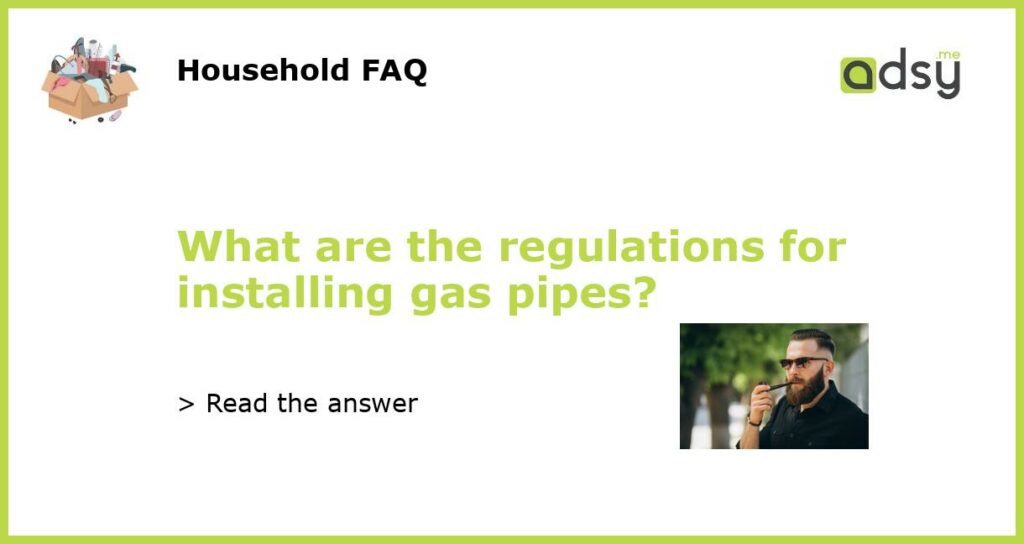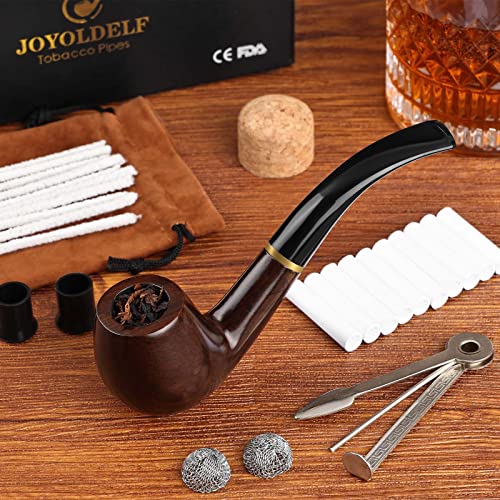Regulations for Installing Gas Pipes
Installing gas pipes requires following specific regulations to ensure safety and compliance with building codes. These regulations are put in place to mitigate risks associated with gas leaks, explosions, and other hazards. Here are some key regulations to consider when installing gas pipes:
Local Building Codes and Regulations
Each locality has its own building codes and regulations that must be followed when installing gas pipes. These codes are designed to ensure safe and efficient installation practices. It is important to check with the local building department or regulatory agency to determine the specific requirements for the installation of gas pipes in your area.
The building codes may cover various aspects of gas pipe installation, including but not limited to:
- Required pipe materials
- Proper pipe sizing
- Installation methods
- Gas pressure testing
- Required permits and inspections
Qualified Installers
Gas pipes must be installed by qualified professionals who have the necessary knowledge and experience. It is important to hire a licensed and certified plumber or gas fitter to ensure that the installation is done correctly and in compliance with regulations. A qualified installer will understand the specific requirements and safety considerations involved in gas pipe installation.
Proper Ventilation
Gas appliances and equipment require proper ventilation to ensure safe operation. The regulations for gas pipe installation often include requirements for ventilation, such as the size and placement of vents. These regulations aim to prevent the buildup of gas fumes and reduce fire and explosion hazards.
It is essential to consult the manufacturer’s instructions and local building codes to determine the specific ventilation requirements for your gas appliances and equipment. Failure to comply with these regulations can lead to health risks and potential accidents.
Gas Leak Detection and Prevention
Gas leaks can be extremely dangerous, as they can lead to fires, explosions, and health hazards. Therefore, regulations for installing gas pipes often include measures to detect and prevent gas leaks.
This may include requirements for the installation of gas leak detection devices, such as carbon monoxide detectors or gas alarms. These devices help monitor gas levels and provide early warning in case of leaks. Additionally, regulations may specify the use of approved materials and methods for connecting and sealing gas pipes to minimize the risk of leaks.
Required Inspections and Permits
Before and after the installation of gas pipes, inspections and permits are typically required to ensure compliance with regulations. These inspections are carried out by local building authorities or regulatory agencies to confirm that the installation meets safety standards.
It is necessary to obtain the appropriate permits before starting the installation process. Failure to obtain permits or adhere to inspection requirements can result in fines and delays in the project. The inspections serve as a final check to ensure that the gas pipe installation meets all necessary regulations and is safe for use.
In conclusion, installing gas pipes involves complying with various regulations to ensure the safety and proper functioning of gas appliances and equipment. These regulations typically cover aspects such as local building codes, qualified installers, proper ventilation, gas leak detection and prevention, and required inspections and permits. It is important to consult the relevant authorities and follow these regulations carefully to prevent accidents, protect property and lives, and comply with legal requirements.






